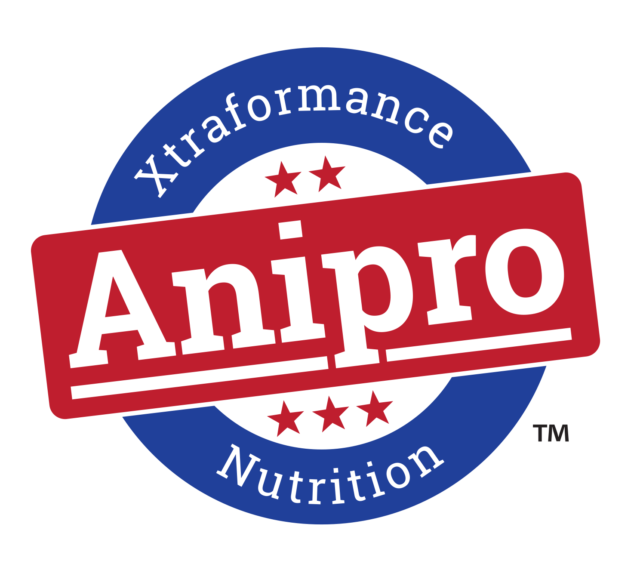Calving season, perhaps the most important time of year, is upon us. Being prepared with a solid plan will improve our chances for success. In the West, cold weather, low-quality forage conditions and changing cow nutrient requirements can make calving season difficult. The management choices made prior to calving can significantly influence profitability. Since having a live, healthy calf is so critical to our bottom line, here are a couple of considerations to help set us up for success.
1. Consider modifying the nutrition program: Cow nutritional requirements increase during the last trimester and colder weather. Match supplementation with increased requirements. Consider regularly monitoring body condition to assess cow nutritional status.
Cows should enter the calving season in a body condition score of 5 to 6. Evaluate feed inventories based on current cow and winter conditions. Save high-quality hay for after calving, if cows are in good condition. Consider making slight adjustments to your supplementation strategy a day before, during and a day after cold events.
Increase supplementation by 1 percent for each degree the wind chill is below 32ºF (i.e., wind chill = 22ºF, which is 10ºF below 32ºF, and means a 10 percent increase in supplement amount needed). Changing feeding time from morning to early evening can increase the proportion of cows calving during the day by up to 30 percent.
2. Consider pre-calving needs: Having facilities and equipment in good working order is key. Calving areas should be clean and provide shelter to mitigate cold stress. Check calving supplies and make them accessible to everyone who will assist with calving.
Have on hand colostrum replacement, feeding bottles, OB chains, plastic gloves/sleeves, iodine, lubricant, towels and a flashlight. A pre-calving vaccination program is wise to implement. Several diseases can be vaccinated for, depending on your herd’s risk level and health history. Allow cows adequate time to respond to the vaccine and create high-quality colostrum. Consult your veterinarian to develop a vaccination plan.
3. Consider record-keeping improvements: Decision-making can become more powerful with better data. Consider collecting key calving records (i.e., calf/dam ID, calving score, birth date and birthweight). Make time for collecting information. Decide which data are most feasible to collect.
Use information to drive decision-making (i.e., identify problems, culling, marketing, etc.). The goal of maximizing calving success is the common link among each consideration. Overcoming the challenges associated with spring calving requires increased management. However, live, healthy calves lead to increased productivity and profitability.






